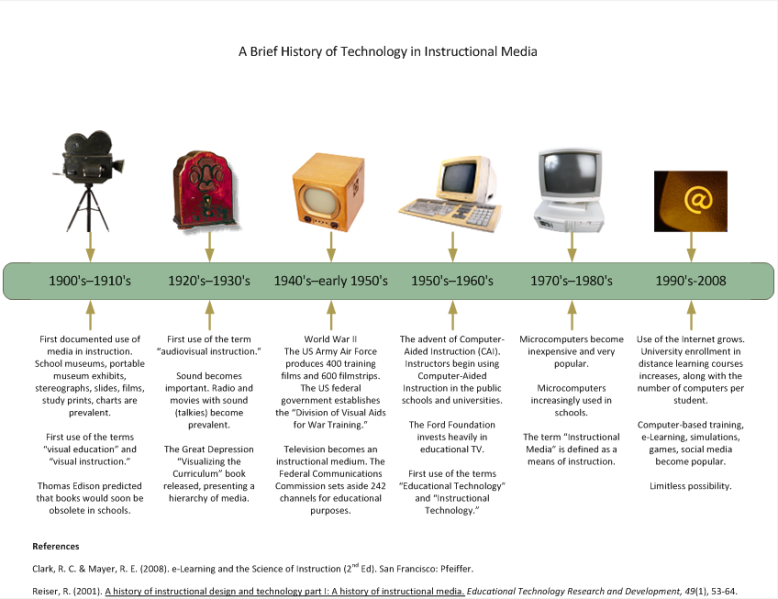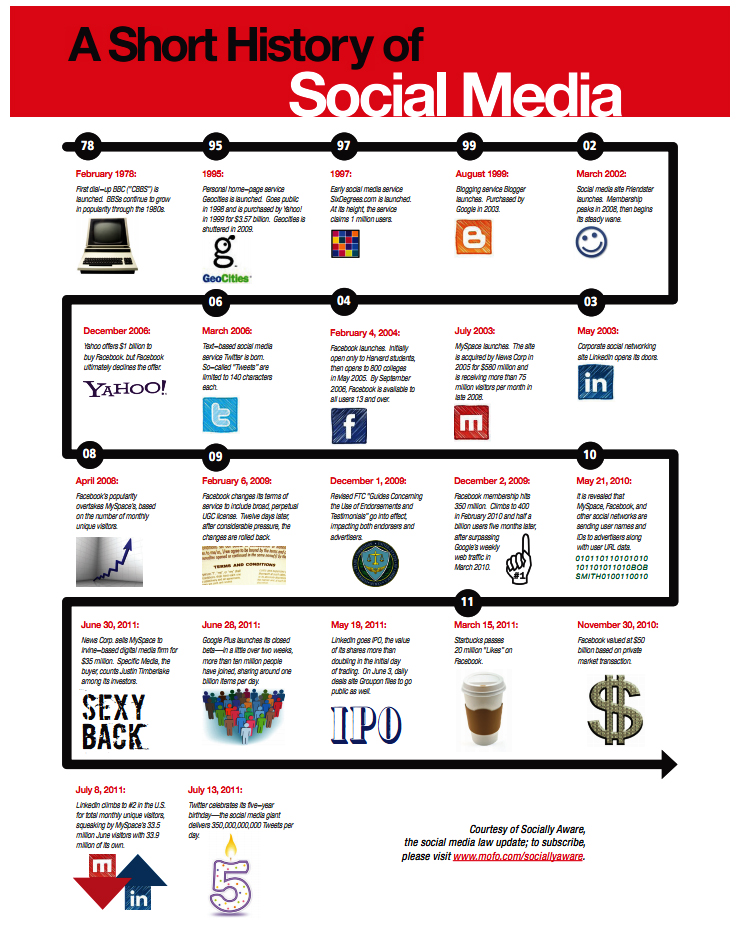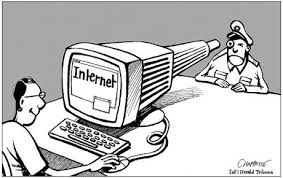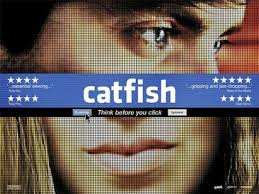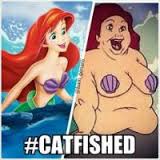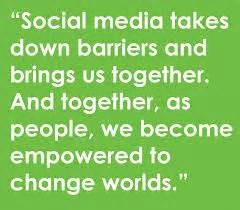What will our world look by in 2040 with “the Internet of Things”
By Libby Bora
Imagine this scenario:
You are out of milk? Your refrigerator detects the carton is almost empty and puts it on a list. Once it is time to go to the grocery store, your refrigerator sends a list to your phone, which automatically places a pre-order. Once you arrive at the grocery store, your items are pre-paid for by an online account you have set up, and are waiting to be picked up. You do not have to interact with anyone during this whole process. You don’t even ever have to say, “honey, we are low on milk, can you put it on the list?” It’s already on the list.
This scenario is completely made up in my head, but in truth, in the future it is highly plausible. Take a look at what communications experts imagine a day in the life of a person in 2040 looks like.
What we don’t see from this image is the other endless possibilities as the Internet inevitably takes over. There was no room in the info graphic to mention that his phone could open fibers in his Nano pajamas if he gets too warm, or that his slippers can lead him to the bathroom at midnight.
Putting aside this one particular man and expanding my view of connected devices, I see the lights powering on wherever he goes, and turning off when he leaves. A haptic display on the bathroom mirror shows the weather, news, and his itinerary. It informs him he missed a spot while brushing (his toothbrush beeped). The shower will automatically adjust to the perfect temperature. A cup of his favorite hot beverage is brewed at just the right time. At this point in time, I see a person having what many would call the perfect life, but what I would call the worst kind of life. Everything will be done for us! There will be literally no reason to put effort into any task.
Is the Internet of Things all hype?
The Internet of Things is already a thing. Right now it is in its early stages. In the future, when wireless tracking devices become cheap enough to spread like seeds of knowledge, it will be a game changer. Some industries are developing it because it gives them what they want most. Information about you. Where you go. What you do. There will likely be ‘Minority Report’ type advertising, electronic billboards in every tolerated location that are personalized for you. Just like search engines and email services today, there will probably be a trade-off involved, where you get a service for free and in return the providers get to use your information to tailor ads for you.
However, if you are one of those people who wants to jump on the “Internet of things” bandwagon, there are numerous ways to connect your home.
Mother and the Motion Cookies are a family of smart sensors that are programmed
to perform the functions you want and that can change as often as you need.
(https://sen.se/store/mother/)
There are wireless thermostats that you can control over the web. An electricity monitor that shows you the true cost of running your air conditioning. Power outlets, lamps and even the light bulbs themselves are connecting wirelessly to the Internet. There is a device that goes under propane tanks of a grill. Your phone will let you know when you need a refill before you start cooking. The possibilities are virtually endless at this point.
What does this mean for society? The word communication has evolved tremendously over the course of history. From the telegraph to the computer to a grill that has to ability to tell you when its’ gas is empty, the innovations have been vast. But, what I believe it comes down to is that people are just getting lazy. Yes, all these possible future technologies are enticing. But do we really need them? The answer is definitely NO. The “Internet of Things” will eventually be the downfall of any real communication. There will be no need for face-to-face interaction. When doing daily chores and errands that would normally require some human interaction, technology will take over. All processes, like my grocery store example, will become revolutionized by technology.
Internet of Things Articles, Blogs and Web Sites
| Title | Source |
| Temporary tattoo could let diabetics monitor glucose levels without needles | Gizmag |
| Luna smart mattress cover takes Internet of Things to bed | Gizmag |
| Internet-of-Things (IoT) Advances Home Healthcare for Seniors | Embedded Intel |
| The Top 10 Areas to Explore When Considering the Internet of Things | InfoBright |
| Google[x] Reveals Nano Pill To Seek Out Cancerous Cells | TechCrunch |
| Ear-IT project | Gizmag |


